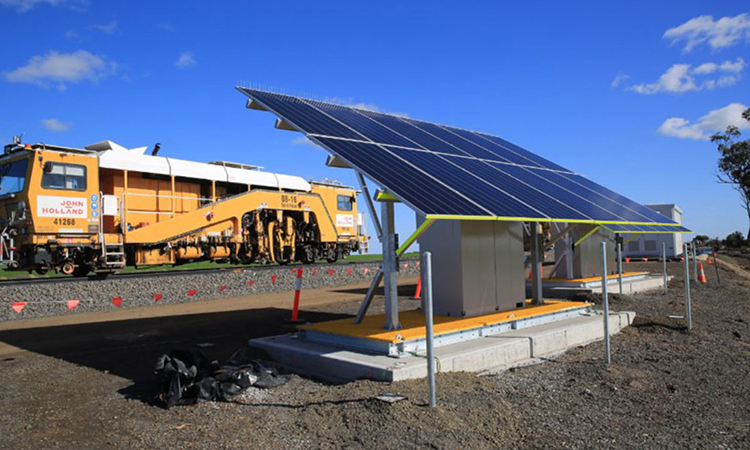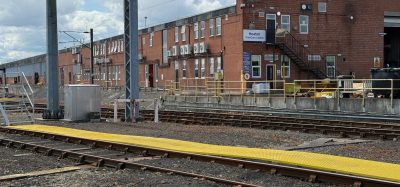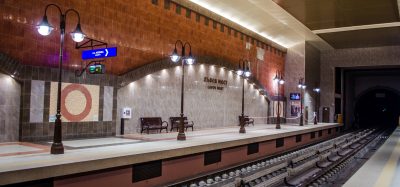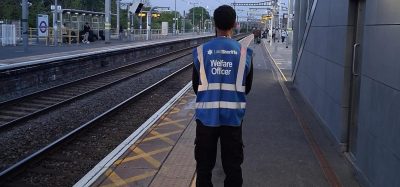ARTC to use solar signalling system on Inland Rail
Posted: 10 March 2023 | Elliot Robinson (Editorial Assistant - Global Railway Review) | No comments yet
Following a successful trial, the ARTC have approved the rollout of the solar powered signalling unit at a further 82 sites across the Inland Rail programme between Queensland and NSW.


Credit: ARTC
The Australian Rail Track Corporation (ARTC) is looking to increase the use of environmentally friendly solar powered signalling systems to provide electricity when Inland Rail becomes operational.
Following a successful trial of an innovative signalling system at Coolleearlee, NSW, ARTC has approved its use at the remaining 82 signalling sites across the Inland Rail programme between Albury in NSW and Gowrie in QLD.
The solar systems will eliminate the need to use the local power infrastructure or to acquire easements to transmit power to the proposed rail corridor impacting adjacent landholders deliver mains power services to signalling sites that will operate on the Inland Rail network.
Join our free webinar: Rail cyber-security in a time of technological and regulatory transformation
Join our expert panel, including speakers from Nokia and Siemens Mobility, to explore the critical convergence of cybersecurity and 5G rail comms.
Date: 3 Dec | Time: 15:00 GMT
Can’t attend live? No worries – register to receive the recording post-event.
Related content you will enjoy:
Inland Rail unveil solar powered signalling system at Coolleearlee
ARTC maintenance improves safety and reliability on main line
“ARTC Inland Rail is committed to working in partnership with our stakeholders, private sector suppliers, and communities to deliver long-term value, while keeping sustainability at the forefront of everything we do,” Rebecca Pickering, Acting Chief Executive for ARTC Inland Rail, said. “Using solar power rather than mains power for the signalling system will deliver an environmentally friendly and sustainable solution to reliably power the signalling system. Reducing the impact to local communities, the environment and the cost of Inland Rail. Using solar power also saved ARTC around $300,000 in costs, mostly savings from not building a new transmission line to connect to the electricity network and a reduction in trackside infrastructure associated with mains equipment, and over $10,000 per year in operational electricity cost savings. We also use remote monitoring technology on these solar powered signalling installations, which adds further savings by reducing the requirement for maintenance visits.”
“The solar system is designed with battery back-up that provides for ten days of back-up operation and delivers a system which runs 24-hours a day, 365 days a year,” Matt Brown, Inland Rail Project Manager Communication and Wayside Monitoring, said. “The signalling system at Coolleearlee, around 50kms from Moree, is currently being used to support the crossingloop that will operate in the area, allowing trains going in opposing directions to pass each other, allowing a more efficient rail service. Delivering power to rural signalling systems can be a real challenge so the successful completion of this solar powered system in Coolleearlee is a great outcome.”
Global Railway Review Autumn/ Winter Issue 2025
Welcome to 2025’s Autumn/ Winter issue of Global Railway Review!
The dynamism of our sector has never been more apparent, driven by technological leaps, evolving societal demands, and an urgent global imperative for sustainable solutions.
>>> Read the issue in full now! <<<








